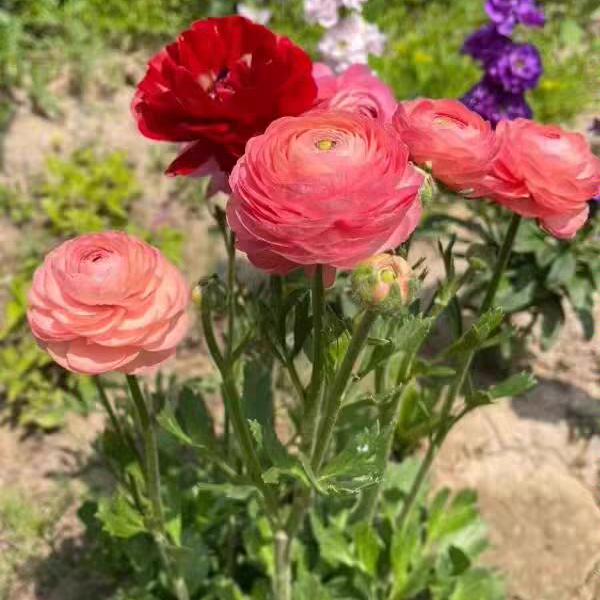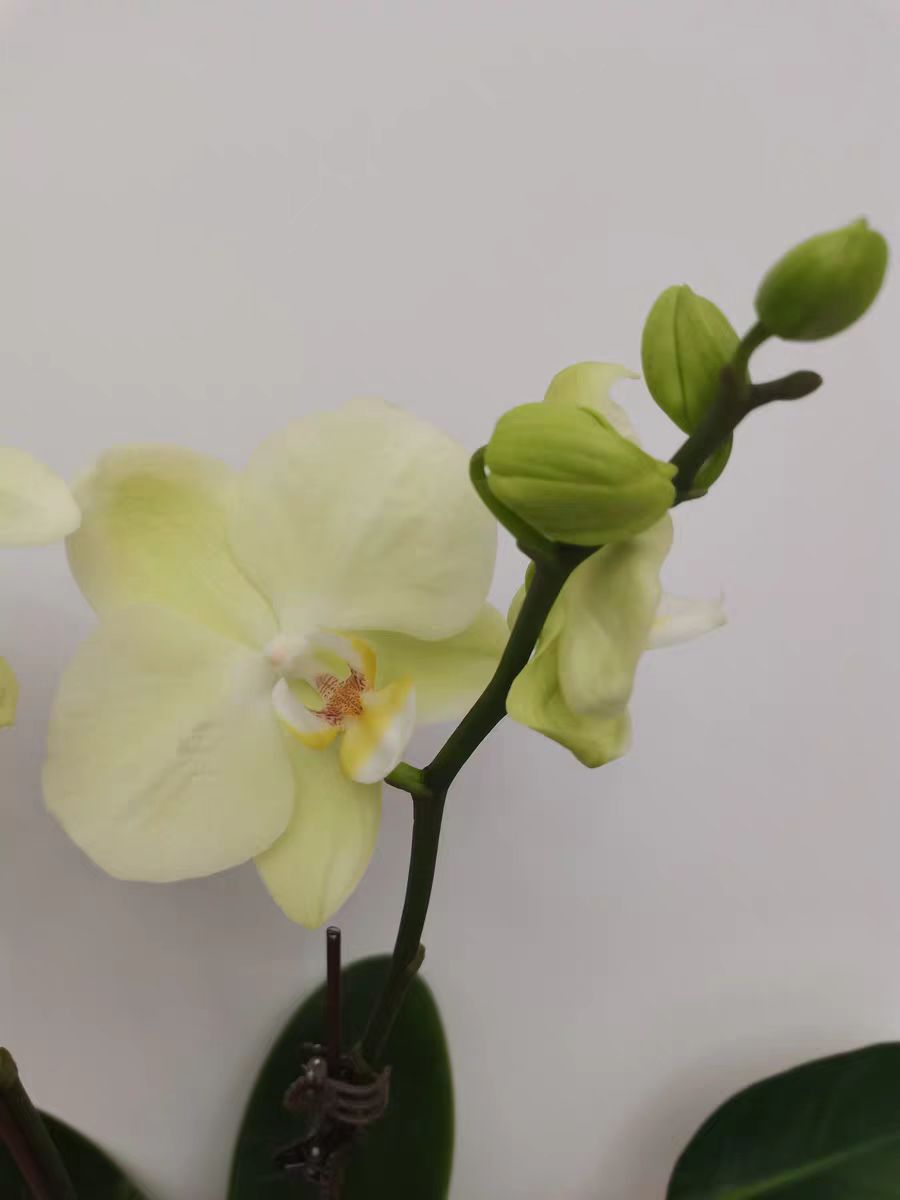As the footsteps of winter arrive quietly, with the bone-chilling wind blowing and the snow covering the ground in white, for plants, this is not just a change of seasons but also a test for survival. However, don't worry. As long as appropriate measures for keeping warm are taken, the green plants at home and the flowers and trees outdoors can safely get through this cold winter.
For those small and delicate indoor potted plants, such as succulents and foliage plants, it's necessary to find a warmer shelter for them. Move them from the windy spots near the windows to the corners of the living room or the warm areas in the bedroom, away from the cold wind and direct sunlight. Meanwhile, also avoid placing them near the vents of heaters or air conditioners, lest the overly hot air cause them to lose moisture and become withered.
For outdoor plants, you can put a "warm coat" on them. Use materials like hay, old quilts or blankets to gently cover the areas around the roots and the base of the stems, providing them with a warm micro-environment. Hay not only has a good warming effect but can also maintain the soil's humidity to some extent. For perennial herbaceous flowers and small shrubs, this way of keeping warm is particularly important and can ensure that their underground parts can safely survive the winter.
For larger trees, you can use hemp ropes or thermal insulation belts to knit a "sweater" for them. Wrap the hemp ropes or thermal insulation belts around the trunks in circles to provide an extra insulation layer for the trunks. This can not only prevent the water and nutrients inside the trunks from freezing at low temperatures but also prevent pest invasions to some extent.
If conditions permit, building a greenhouse is the best choice for protecting plants in winter. A greenhouse is like a transparent castle, which can receive warm sunlight while blocking the cold wind from the outside. Inside the greenhouse, plants can enjoy a higher temperature and a more comfortable environment than the outside. Whether they are delicate flower seedlings or cold-intolerant vegetables, they can thrive and get through the cold winter in the greenhouse.
For the flowers planted in the ground, we can spread a thick layer of fallen leaves or pine needles on the surface of the soil. These natural materials are like "warm patches" given to plants by nature, providing warmth and protection for their roots. As time passes, these fallen leaves and pine needles will gradually decompose and turn into fertile humus, providing nutrients for the growth of plants in the coming year.
In conclusion, if we do a good job in keeping plants warm and protecting them from the cold in winter, they can still maintain their vitality and vigor in this cold season.
Tagged in :





Leave a Reply